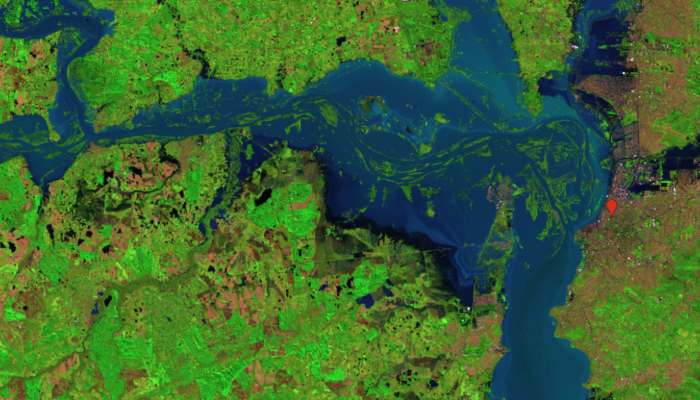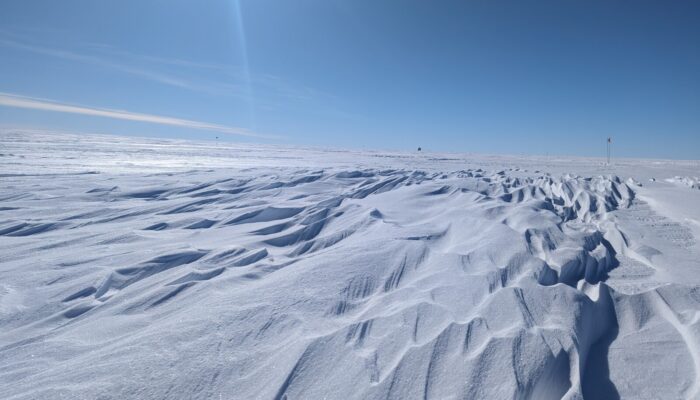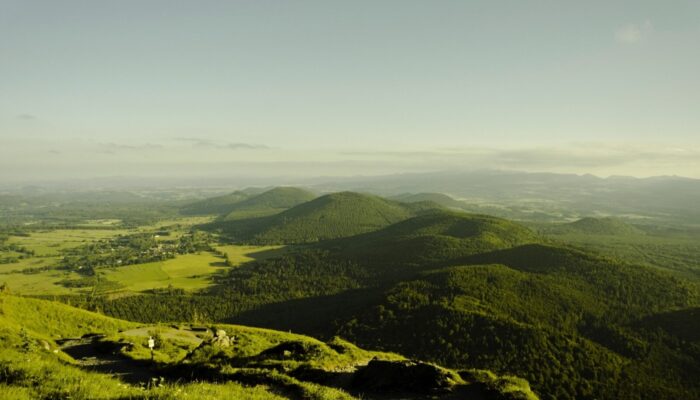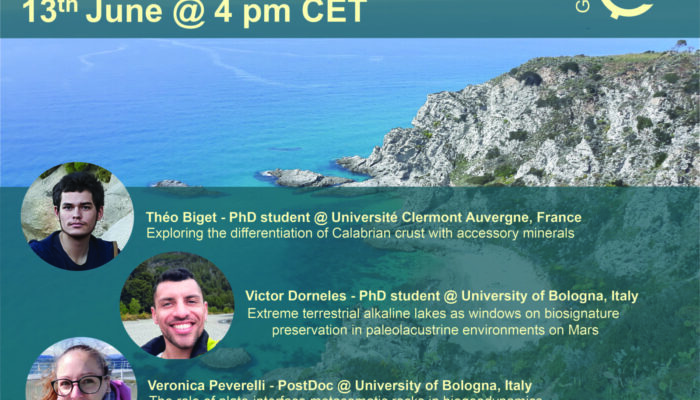We are honoured to hear from Dr. Enner Alcântara, Professor at the São Paulo State University (UNESP) and leader of the Remote Sensing, Spatial Analysis, Environmental Modelling and Natural Disasters Research Group. His research in remote sensing has played a crucial role in recognising, managing and mitigating the impacts of disasters, bringing out significant contributions. Today, we’ll ex ...[Read More]
Cryospheric Sciences
Image of the week: The Song of Sastrugi
Sastrugi are significant features in glaciology, providing valuable insights into wind patterns, snow dynamics, and surface processes. So although at first sight they may be easy to walk over (quite literally), their patterns and features can tell us more than you might think, so next time take a moment to look and see the story they have to tell… The Song of Sastrugi The wind’s icy b ...[Read More]
Geodynamics
FEMR: An emerging “game changer” in predicting earthquakes and impending geohazards.
In this week’s blog, Shreeja Das, a Post Doctoral researcher at the Sami Shamoon College of Engineering, Ashdod, Israel working with Dr. Vladimir Frid, discusses her research involving the use of FEMR waves and its use as a tool in predicting impending geohazards , some of her results obtained using said technique to study transform fault activity along the Dead Sea Transform fault. Earthqu ...[Read More]
Natural Hazards
Meet the EGU Natural Hazards Division Early Career Scientists representatives
The European Geosciences Union (EGU) Natural Hazards Division is pivotal in supporting the growth of early career researchers, giving them a platform to share their work and ideas, enhancing networking opportunities and contributing to career development. So, are you reading this post and wondering who gives a voice to early career scientists in the Natural Hazards space? The EGU Natural Hazards D ...[Read More]
Stratigraphy, Sedimentology and Palaeontology
A Story of Fertilizer and the Colour Purple
Introduction It is sometimes difficult to admit that you are (officially) a nerd, but I have a confession to make. I have collected dinosaurs on stamps for the last thirty years. Over 10,000 of these stamps have been issued across the world, and the vast majority of these issues are in my collection. One question that I am often asked is when the first dinosaur stamp was issued, which turns out to ...[Read More]
Geodynamics
Exploring the Evolution of Rift Magmatism through Numerical Modelling
Continental rifts are a striking manifestation of the forces at work in the Earth’s interior and are often associated with volcanic activity. Contrary to intuition, volcanism is not confined to rift grabens, but migrates as the rifts evolve. How and why this happens is still not clear. This week, Gaetano Ferrante from Rice University, Houston (USA) will share his research with us, showing ho ...[Read More]
Hydrological Sciences
HydroData Chronicles: A global precipitation climatology toolbox and database
Welcome back to the HydroData Chronicles, where we uncover the hidden stories within hydrological data! In our last post, we explored a novel high-resolution, 40-year rainfall dataset covering the Contiguous United States (CONUS), developed developed by Emmanouil et al. in 2021. This time, we dive into the world of precipitation datasets with a promising new tool: the pRecipe package developed by ...[Read More]
Geochemistry, Mineralogy, Petrology & Volcanology
EGU GMPV ECS Campfires – Thursday June 13th @ 4pm CEST
The third edition of the Geochemistry, Mineralogy, Petrology and Volcanology division’s ECS talks – the Campfires – of 2024 is right at the door and will take place on Thursday June 13th at 4 pm CEST on Zoom. This edition will be a Scientific Campfire, during which three early career scientists will present their latest work to the community. Our speakers for this edition are: Théo ...[Read More]
Geodynamics
The Sassy Scientist – To fly or to couch surf
One thing that the COVID pandemic has left us is the flexibility to attend a conference either in person or virtually. This has been the case for the last three editions of the EGU GA. As the deadline for an expected conference approaches, we face the dilemma of whether to attend it in person or opt for the virtual experience. Louis is asking: Should I fly to attend this conference or should I wat ...[Read More]
Cryospheric Sciences
Cryoscientist life stories – an interview with our incoming deputy division president, Daniel Farinotti
We would like to introduce Daniel Farinotti to you, our Cryosphere Division incoming deputy president, who will take over as division president from 2025-2027. For that, our Cryosphere Division outreach officer, Larissa van der Laan, interviewed Daniel at the EGU General Assembly in April 2024, to ask him a few questions about himself and his view of this exciting role within the EGU. Larissa: Hi ...[Read More]










